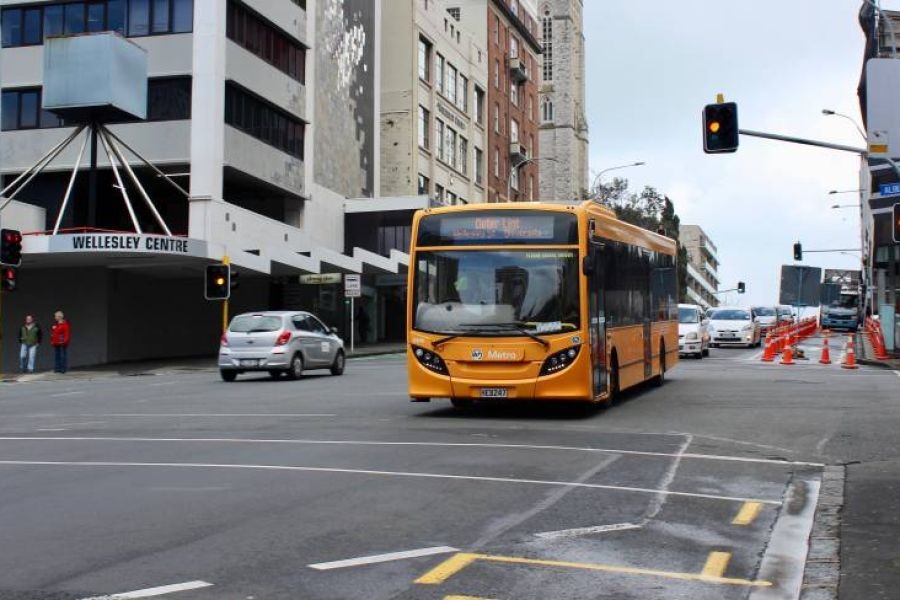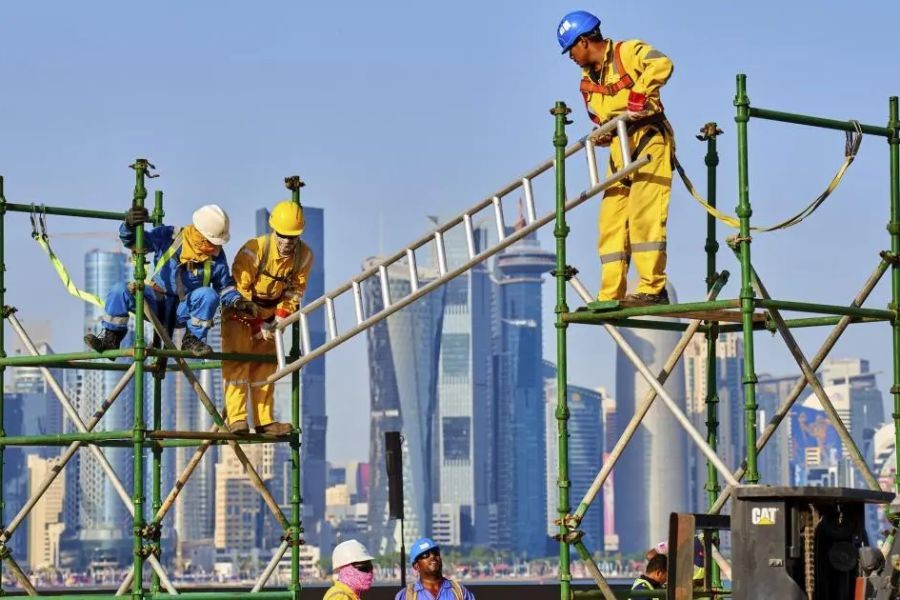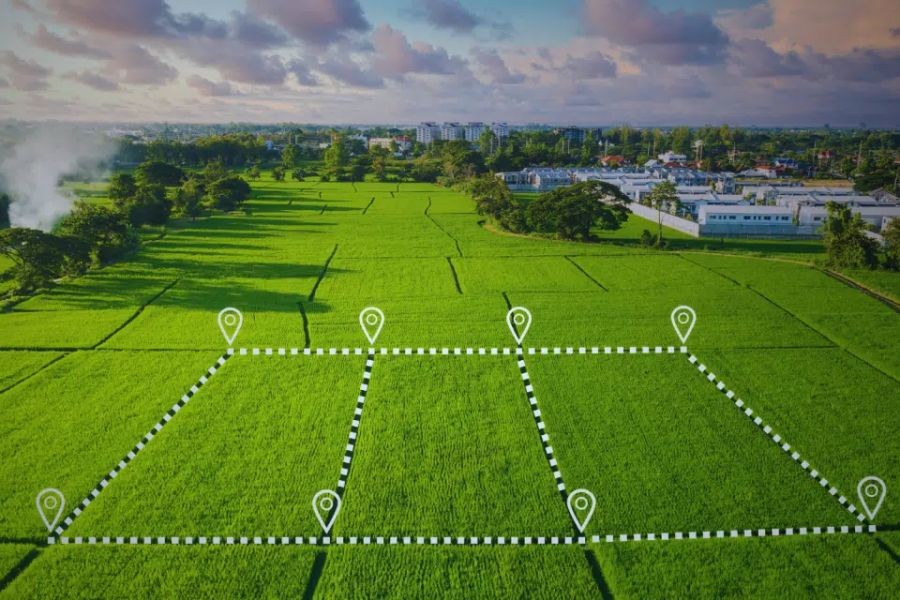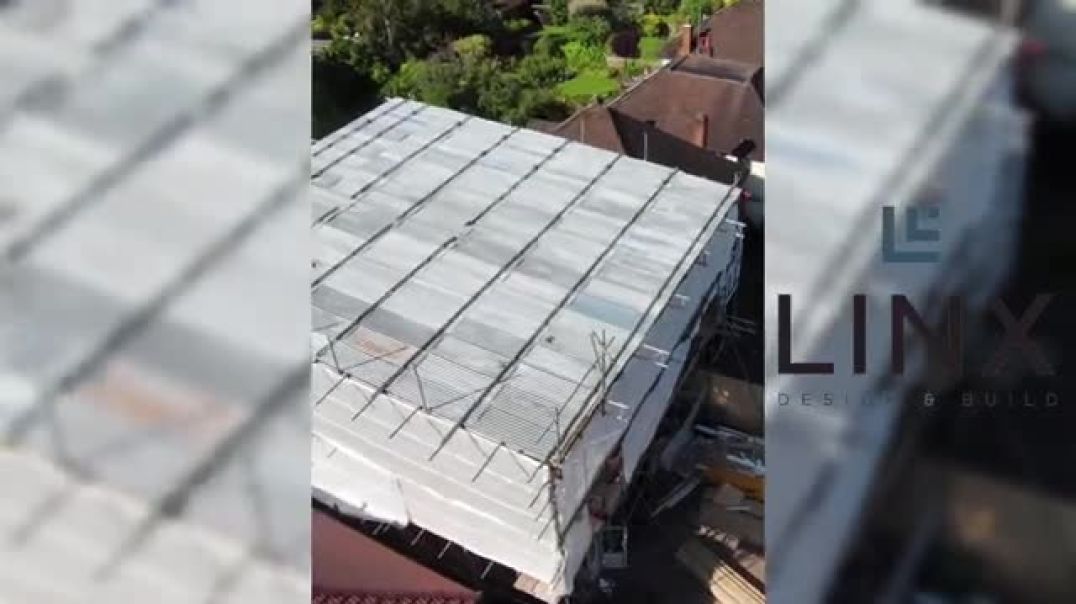Australia's elite schools have long been a symbol of academic excellence and social standing, often producing the nation's future leaders and influencers. However, these institutions are also at the center of a heated debate: Are they contributing to a permanent wealth divide in Australia? As construction economists, understanding the socio-economic impact of this divide is crucial, as it influences housing, infrastructure needs, and urban development. This article delves into the complexities of this issue, backed by data and expert insights, to explore the potential economic repercussions.
The Socio-Economic Landscape of Elite Schools in Australia
Elite schools in Australia, often located in affluent suburbs, charge significant tuition fees, sometimes exceeding $30,000 annually. These schools boast exceptional facilities, experienced staff, and a wide array of extracurricular activities, offering students a comprehensive education. According to the Australian Bureau of Statistics (ABS), families in the top income quintile spend nearly three times more on education than those in the lowest quintile. This disparity raises concerns about access and equity in education.
Case Study: The Impact of Elite Schools on Local Communities
Case Study: Sydney’s Prestigious School District
Problem: In Sydney, the concentration of elite schools in certain suburbs has led to a significant increase in property prices, making housing unaffordable for many. The median house price in these areas is often 50% higher than in neighboring regions.
Action: Local councils have attempted to address this by implementing housing affordability schemes, but challenges remain.
Result: Despite these efforts, the demand for housing near elite schools continues to drive prices upward, exacerbating the wealth divide.
Takeaway: Urban planners and economists must consider the educational landscape when forecasting housing needs and developing infrastructure projects.
Pros and Cons of Elite Schools
Pros:
- High Academic Standards: Elite schools consistently outperform others in national assessments.
- Networking Opportunities: Students gain access to influential alumni networks, enhancing career prospects.
- Resource Availability: These schools often have superior facilities and educational resources.
Cons:
- Socio-Economic Segregation: High fees limit access, reinforcing socio-economic divides.
- Pressure on Public Schools: Disparities in funding and resources can widen educational gaps.
- Real Estate Inflation: Proximity to elite schools can inflate local property prices, affecting housing affordability.
Debunking Myths About Elite Schools
Myth: "Elite schools guarantee better career outcomes."
Reality: While elite schools offer networks and resources, career success is multifaceted, relying on skills, experience, and personal attributes. According to a study by the Australian National University, graduates from diverse educational backgrounds can achieve similar career outcomes given equal opportunities.
Myth: "Elite schools are only for the wealthy."
Reality: Many elite schools offer scholarships and bursaries, but competition is fierce, and not all deserving students can access these opportunities.
Future Trends and Predictions
Looking ahead, the role of elite schools in Australia is likely to evolve. With the increasing emphasis on technology and remote learning, some of the advantages associated with elite education, such as access to resources, may become more widely available. According to a report by the Reserve Bank of Australia, digital platforms are expected to democratize access to high-quality education, potentially reducing the wealth divide over time.
Additionally, policy changes aimed at increasing funding for public schools and promoting equity in education could further influence the landscape. By 2030, it's predicted that new educational models will emerge, blending traditional and digital learning environments, potentially reshaping the role of elite schools in society.
Final Takeaways
- Elite schools play a significant role in shaping Australia’s socio-economic landscape, influencing property markets and educational equity.
- The wealth divide associated with these schools poses challenges that require careful consideration from policymakers and urban planners.
- Future trends in education technology and policy reforms may offer solutions to bridge the gap, promoting a more equitable educational environment.
As construction economists, it is vital to monitor these educational trends and their impact on urban development and housing markets. By understanding the socio-economic implications, we can better anticipate and plan for the needs of Australia's future.
People Also Ask
How do elite schools impact the Australian economy?
Elite schools influence the economy by driving up property prices in their vicinity and reinforcing socio-economic divides, affecting housing affordability and urban planning.
What are the misconceptions about elite schools in Australia?
One common misconception is that elite schools guarantee career success. However, career outcomes depend on various factors, including skills and opportunities.
Related Search Queries
- Impact of elite schools on property prices in Australia
- Education inequality in Australia
- Benefits of attending an elite school
- Scholarship opportunities in Australian elite schools
- Future of education in Australia































